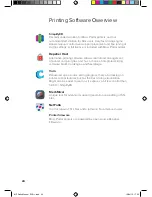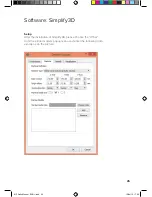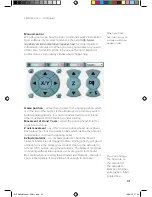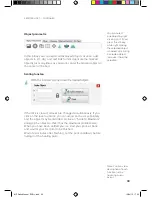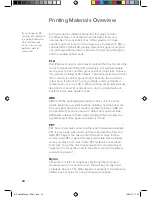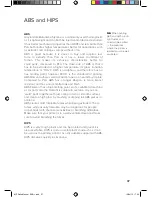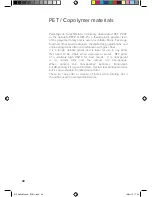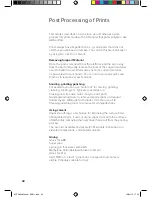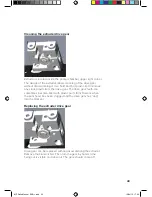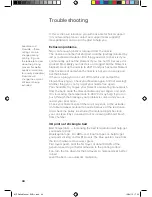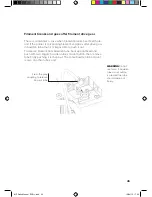
34
Printing Materials Overview
Each material has different properties that make it useful
for different tasks. For example, nylon is both strong and
non-reactive to many substances. Other plastics can have
excellent optical clarity or can be easy easy to work with. PLA is
considered the default 3D printing material for general purpose
use, although ABS has been a preferred choice for prototyping
and for useable printed parts.
PLA
PLA (Poly-lactic acid) is a bio-plastic material that has become the
de-facto standard of 3D printing materials. It is bio-degradable,
mostly easy to print, and has great aesthetic properties. Choose
it for general printing of 3D objects. The post-processing of other
than coloring is not that great though, because the material is
rather hard. It will not lat too long outside, and may deform in
temperatures as low as 50°C. When printing, emits light pancake-
like odor to remind it’s made of corn. Can be printed without
heated bed on blue painter’s tape.
ABS
ABS is still the prototyping material of choice. It is the same
plastic likely later used for injection molding, and the prints can
be easily post-processed: sanded, painted, polished. ABS can
be treated with acetone vapour to obtain very polished look.
ABS emits unpleasant fume when printing. When printing any
significant quantities, good ventilation is a must.
PET
PET based materials are among the most transparent available.
PET is very tough when solid, and more flexible than PLA and
ABS. PET objects can have some of the most shiny, intense
surface color. PET is generally very predictable when printing,
when you play by it’s rules. Some PET materials are certified
food-safe. To get the most transparent prints, maximum layer
height for the respective nozzle should be used and relatively
slow printing speed.
Nylon
Known firs of all for it’s toughness, Nylon and Nylon-based
materials are mostly used for parts that will be actually used
prototype devices. The other important property is transparency,
allowing use of nylon for non-destructive evaluation.
Printing materials
If you’re new to 3D
printing, PLA Filament
is a good material to
start with because
it’s easy to use and
performs well on
most prints.
MP Delta Manual ENG +.indd 34
15/04/15 17:03





